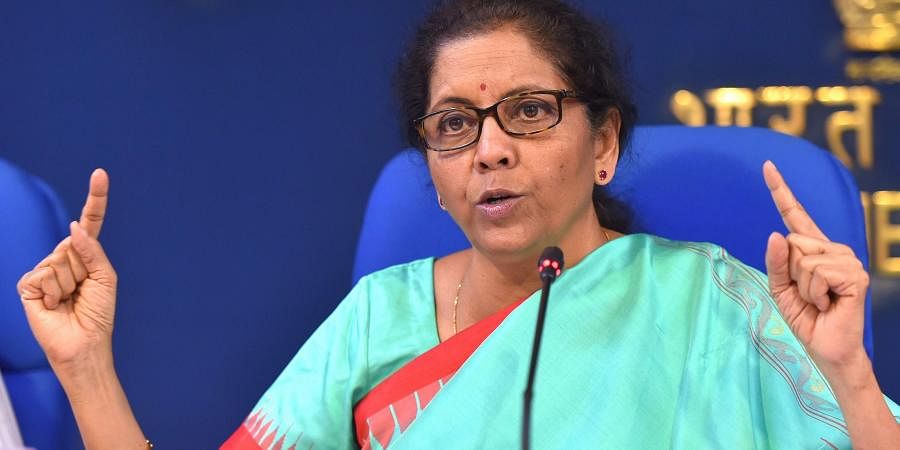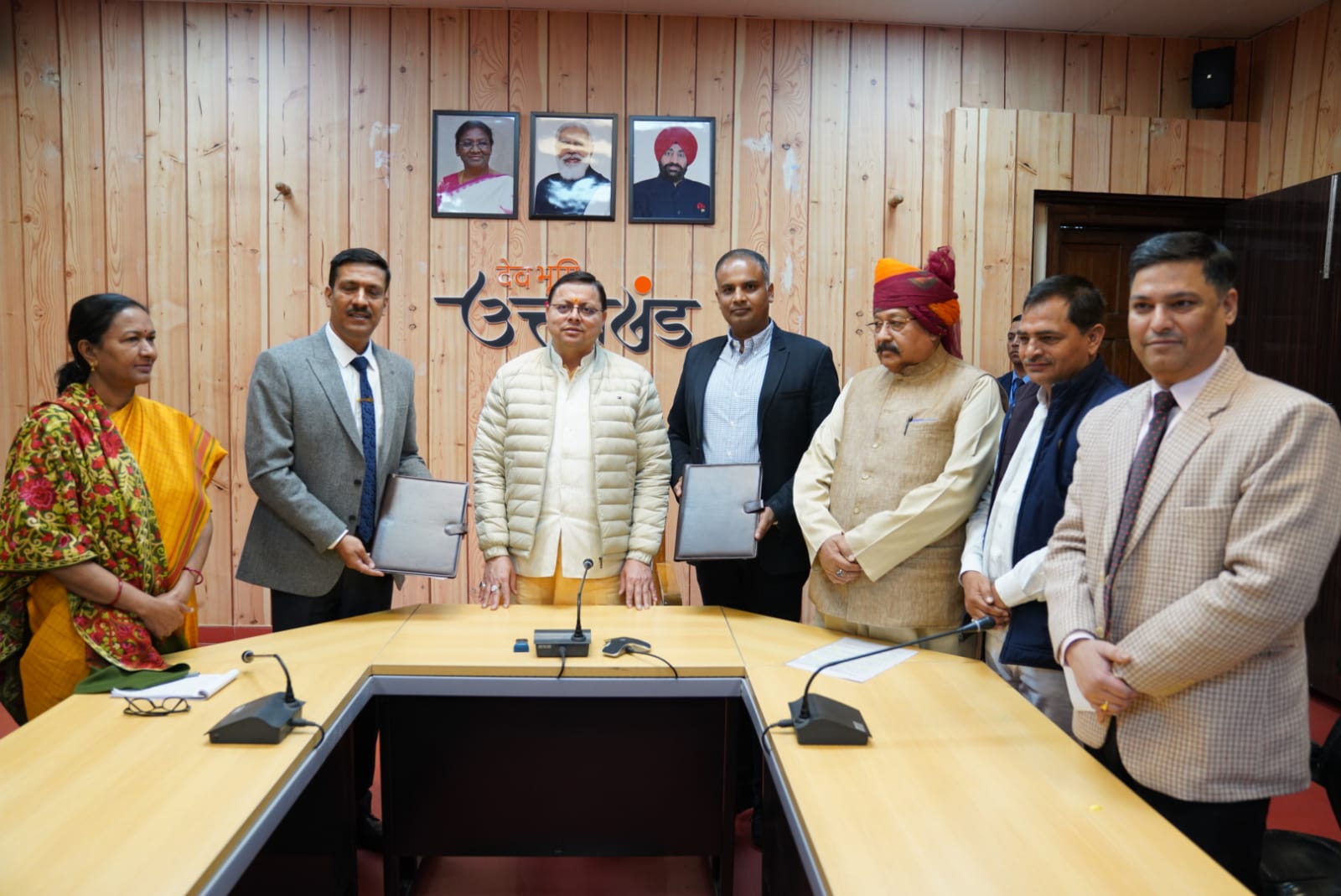Nirmala Sitharaman, Union Finance Minister while announcing the Budget 2022 mentioned that as a preferred ecologically sustainable alternative to conventional roads in difficult hilly areas, the National Ropeways Development Programme will be taken up on the PPP mode. The aim is to improve connectivity and convenience for commuters, besides promoting tourism.
Hailing the move, Aditya Chamaria, MD, Damodar Ropeways & Infra Limited (DRIL), said, “We are happy that the Government has taken note of the importance of ropeways in commuting and promoting tourism. The announcement of the National Ropeway Programme, where 8 projects will be taken up on PPP basis, will help accept ropeways as a mode of transport.”
Talking to TravelBiz Monitor, he said that the new projects would hopefully come up in the areas that were not previously accessible. “If that is the case, there will be a major impact on tourism depending upon the place’s popularity. We also hope that all of these ropeways will be on the Make in India initiative that will boost tourism and various Indian industries that make various equipment, construction, material, etc.,” pointed out Chamaria.
He also said that wherever a ropeway is created, it leads to an influx of tourists. “It is especially true for temples on hills that require people to climb; the traffic increases significantly if a ropeway is built. The surrounding areas of ropeway see parking facilities, shops come up, and infrastructure improvement. The ropeways set off a chain reaction of overall development,” said Chamaria.
The Government’s focus on ropeways in congested cities where conventional modes of transport would not work, speaks volumes about the government’s futuristic planning for the country. The Budget’s focus on improving connectivity, especially through sustainable modes of transport such as ropeways, will take India on a path of growth, help in increasing tourism and lead to innovation in the cable car industry.






